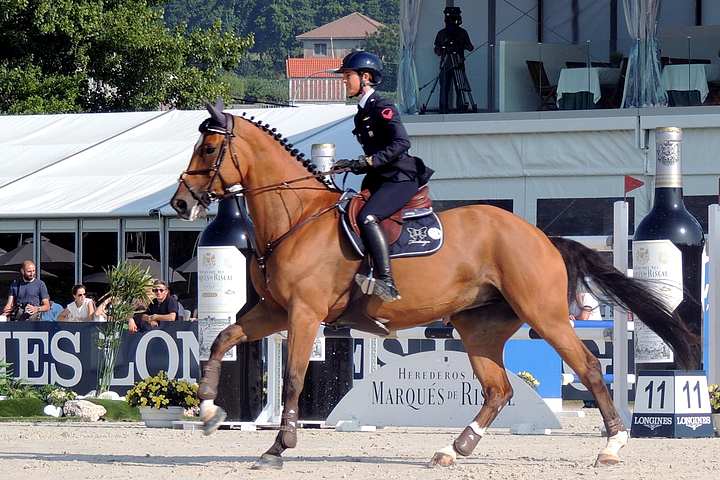
We appreciate how different the contestants can be but the same approach applies to carnet applications across equine disciplines.
Points below on how to apply hopefully don’t hold many surprises, or difficulties. Please bear in mind that our equine specialist and wider team are there to assist, if you hit any snags during the process.
The horse, or horses on your carnet primarily require identification. You will need to provide name, height (in hands), sex, colour, year of birth, country of birth and equine passport number for each horse.
As with any item on a carnet, a value in pounds sterling is required for each horse. A few countries incidentally do not allow lower value horses to travel on a carnet, such as in the US, where the minimum is $10,000.
Adding details for your horses is straightforward, the tack also needs to go on the carnet and can take a little longer,
Adding Equipment To A Carnet
The best rule is not to leave anything out, because you feel this is incidental. Having all items listed avoids queries, or delays. The core requirements for a carnet application are again about identification:
- Item Description – Specify what the item is, in a way that a non equine customs officer should be able to understand.
- Quantity Of Each Item – 1 is fine, although where you have a number of identical items, they can be grouped together.
- Weight Of Each Item – They can be listed individually, although for most countries, total weight of the shipment is accepted.
- Value Of Each Item – The commercial value in pounds sterling of each item, or combined value for a group of items.
- Origin Of Each Item – Country of manufacture is required, using two letter country codes, as in the list provided here.
This may seem long winded but isn’t too bad once you get in the swing and at least you are dealing with objects you are familiar with. Just bear in mind that not all customs staff will be as familiar.
Help them by avoiding any confusion between blankets for horses, or people, the horses boots and your riding boots, an odd extra word can help.
Anyone checking should know what a riding helmet, stirrup, or saddle is. For items such as breast plates, martingales, or girths, you can only do your best and point them out at the time if anyone is unclear.
As long as you have made the best effort you can to identify items, this will be appreciated by customs and border staff.
Additional Documentation
Whilst not linked directly to ATA carnets, we wish to see you travel with the right documentation for your horse, or horses. This can vary by destination, there is a UK Government guide worth reading, although this is not only for temporary export.
A few other .gov.uk pages are worth time, if you are not familiar with them:
You may be highly experienced in the process of taking horses overseas and used to required documentation. If not, this isn’t too onerous and our team are here to help with all needs related to equine ATA carnets.
